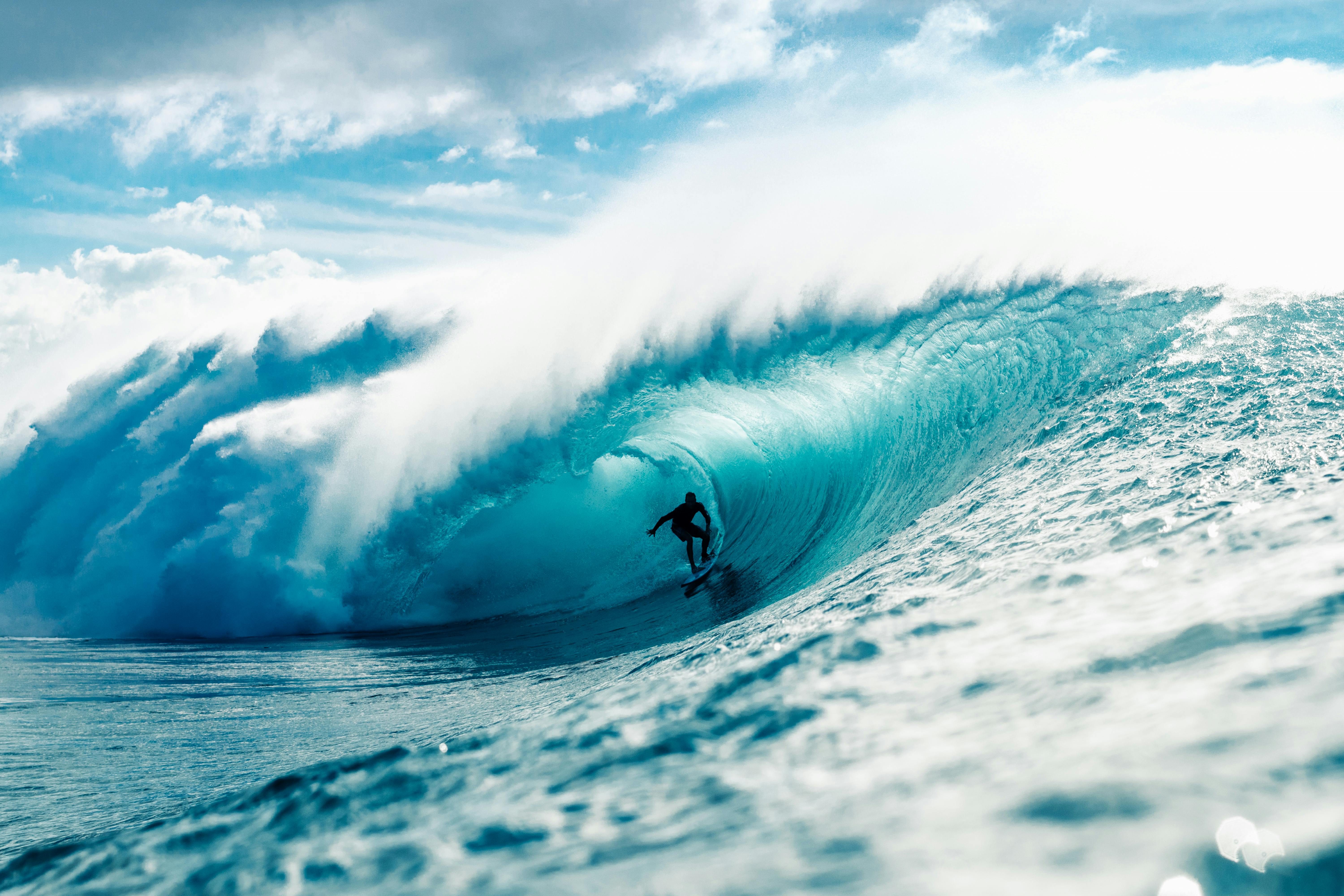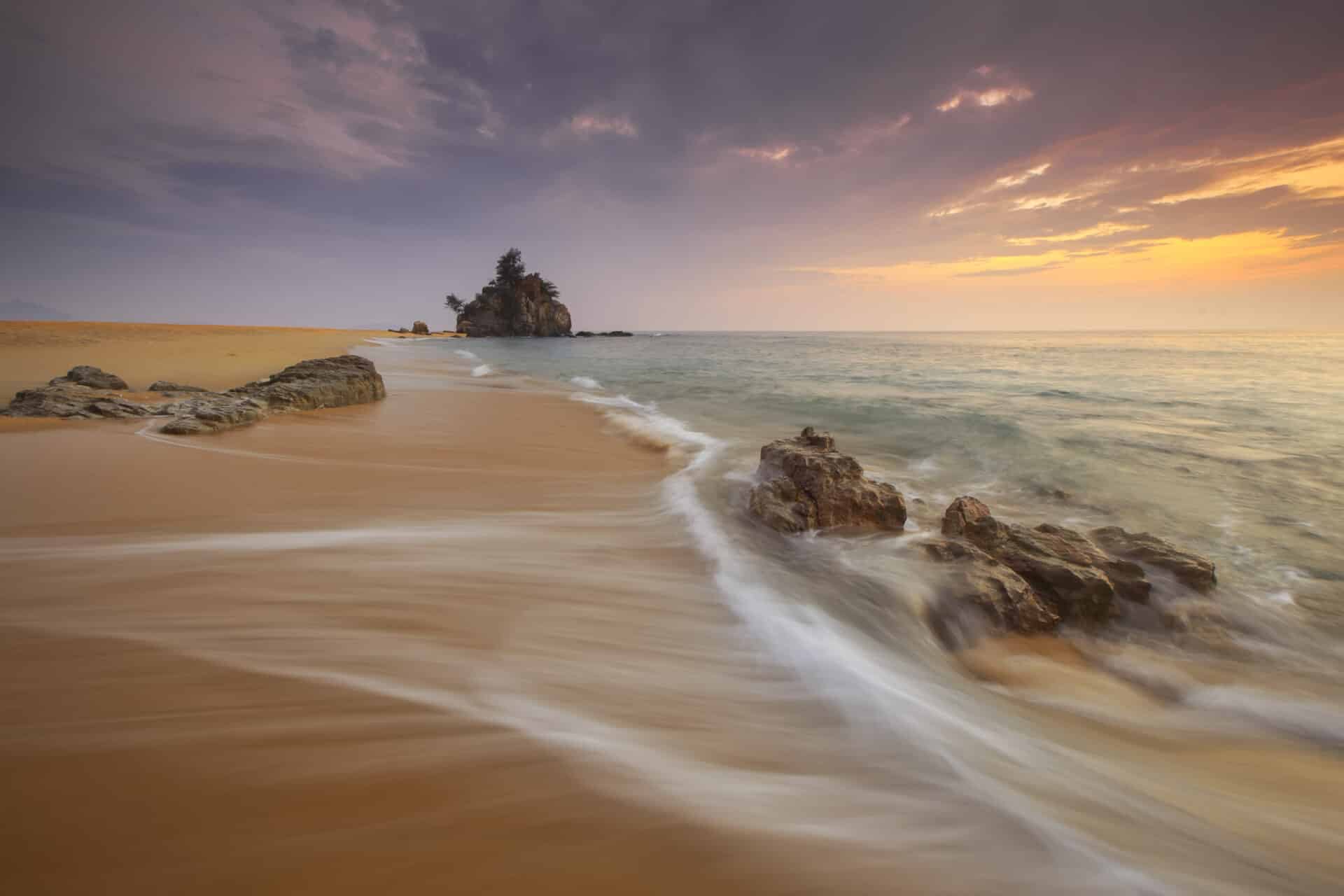Distilling seawater is a process that has been used for centuries to obtain clean drinking water. The process involves boiling seawater and capturing the resulting vapor, which is then condensed to form fresh water. This technique removes the salt and other impurities from the seawater, making it safe for consumption. In this article, we will discuss the steps involved in distilling seawater and provide some tips on how to do it safely and effectively.To distill seawater, you will need to create a simple distillation system. First, gather your supplies: a pot or large bowl, a smaller bowl that can fit inside the pot, ice cubes or an ice pack, and a tube or hose that can be used to connect the two bowls. Next, fill the larger bowl with seawater and place the smaller bowl inside. Place the tube or hose into the small bowl so that it is submerged in the water. Place the ice cubes or ice pack around the outside of the large bowl and wait for condensation to form on its walls. When this happens, carefully collect the condensed water using a container and enjoy your distilled seawater!
The Basic Process of Distillation
Distillation is a physical process that separates substances based on their boiling points. It involves heating a mixture of liquids, which vaporizes the components with the lowest boiling point and condenses the components with the highest boiling point. The resulting vapor can then be collected and condensed back into liquid form. This process is used to separate liquids from solids, as well as to purify liquids.
The basic process of distillation involves a container called a still, which contains the mixture of liquids to be separated. Heat is applied to this mixture, usually in the form of steam or boiling water, which causes some of the components to evaporate. The vapors rise up into a condenser tube, where they are cooled and condensed back into liquid form. This liquid is then collected in a separate container for further purification or use.
The temperature at which each component boils off can vary depending on its chemical composition and other factors such as pressure and humidity in the distillation apparatus. By controlling these variables, it is possible to collect different fractions of the original mixture separately and even isolate individual compounds. This makes distillation an
Multi-Stage Flash (MSF) Distillation
Multi-Stage Flash (MSF) distillation is one of the most common methods used to desalinate seawater. It works by heating the seawater in a series of vessels, or “stages”, and then rapidly cooling it. The rapid cooling causes some of the salt to precipitate out of the water and be collected as a concentrated brine. The remaining fresh water is then collected from each stage and stored in storage tanks. This method is very efficient and can produce large quantities of fresh water quickly. It is also relatively inexpensive when compared to other types of distillation methods.
Reverse Osmosis (RO) Distillation
Reverse Osmosis (RO) distillation is another popular method for desalinating seawater. This process involves pushing salty seawater through a semi-permeable membrane that filters out dissolved salts and other impurities, leaving only pure freshwater behind. RO systems are very efficient and can produce large quantities of freshwater in a short period of time. They are also relatively inexpensive when compared to
Boiling Method of Distillation
The boiling method of distillation is a process used to separate mixtures of liquids. It is based on the fact that different liquids boil at different temperatures, and this method takes advantage of that fact. In this process, a mixture of liquids is heated until the components with the lowest boiling point vaporize and can be collected in a separate container. The process is then repeated with the remaining liquid until all of the components have been separated. The boiling point of each component determines how efficiently it can be separated from the others. This method is often used in chemistry and laboratory settings to purify compounds or to separate components from a mixture.
The boiling method of distillation involves heating the mixture over an open flame or electric heater, until it reaches its boiling point. This causes some of the components to vaporize, rising up and condensing in a cooler part of the apparatus such as a condenser coil or collection flask. The collected vapors are then cooled and collected as liquid or solid form, depending on their composition. The remaining liquid is then heated again to separate out any further components, repeating until all components have been separated out
Reverse Osmosis Method of Distillation
Reverse osmosis is a method of distillation that uses pressure to force water through a semi-permeable membrane. This process separates the purest liquid from the impure components. The pure liquid is then collected for use. Reverse osmosis has many advantages over traditional methods of distillation, such as the ability to remove small particles and high levels of purity. It also requires less energy than other methods, making it an efficient and cost-effective way to produce clean water. Reverse osmosis can be used in a variety of industries, including food and beverage production, medical applications, industrial processes, and more. Furthermore, reverse osmosis systems are easy to install and maintain.
The reverse osmosis process begins by using a pump to pressurize the contaminated water that is being treated. The pressure forces the water through a semi-permeable membrane which acts as a filter, removing contaminants from the water. The purified liquid then passes through another filter before being collected for use or storage. Reverse osmosis systems are designed with multiple layers of fil

Multi-Stage Flash Method of Distillation
The Multi-Stage Flash Method of distillation is a process used to separate liquids with different boiling points. This method is used in the process of refining crude oil into useful products such as gasoline, diesel, and kerosene. In this process, a large volume of crude oil is heated to vaporize the more volatile components. The vapors are then passed through a series of trays or stages where it is condensed and collected in order to separate it from the less volatile components. This method is very effective at separating components that have similar boiling points and can be used to produce a variety of products from a single source. The Multi-Stage Flash Method has been used for many years and is still widely used today in the oil industry.
The Multi-Stage Flash Method involves using thermal energy to vaporize the more volatile components of crude oil, while at the same time separating them from their less volatile counterparts. The heat source can be either direct or indirect, depending on the application. In direct heating, steam or hot air is passed directly over the crude oil in order to evaporate it. In indirect heating
Multiple Effect Evaporation Method of Distillation
Multiple effect evaporation is a method of distillation that involves the heating of a liquid to evaporate its volatile components. This process is repeated multiple times, with each successive evaporation step referred to as an “effect.” By evaporating the liquid multiple times, it is possible to achieve higher levels of purity and quality than with traditional distillation methods. In addition, multiple effect evaporation can be used to reduce energy costs by recycling heat from one effect to the next.
The process begins with a boiling liquid mixture that is heated by an external source of energy, such as steam or electricity. The heated mixture vaporizes its volatile components, which are then collected in a condenser and separated from the non-volatile residue. This residue is then returned to the boiler for re-use in the next effect. The condensed volatile components are then collected and further processed depending on their desired end use.
This process can be repeated multiple times in order to increase the degree of purity achieved and reduce energy costs. For example, in some applications it may be necessary to evapor
Solar Still Method of Distillation
The solar still method of distillation is a simple and cost-effective way to distill water. It is a process that employs solar energy and gravity to separate pure water from contaminated water sources. This type of distillation relies on the fact that when heated, water vaporizes faster than other elements in the mixture, allowing it to be collected as pure liquid. Solar stills are used in many areas where access to clean water is limited or nonexistent.
The solar still method of distillation works by collecting contaminated or saltwater in a basin. A clear cover is then placed over the basin and angled so that it receives the most direct sunlight possible. The heat from the sun causes the water to evaporate, which rises up and condenses on the underside of the cover. The condensed droplets then drip down into a collection container located at the bottom of the basin, providing pure distilled water for drinking or other uses.
This method of distillation has many advantages, including being environmentally friendly as it does not require any fuel or electricity, being relatively inexpensive compared to other forms of distillation, not requiring any specialized skills or equipment and being

Conclusion
Distilling seawater is a simple process that can be done with the right materials. It’s a great way to obtain clean drinking water without having to purchase expensive bottled water or use chemicals. The process involves boiling and condensing the steam to create pure water. It’s important to know the boiling point of water and how to safely handle boiling liquids. Once you know how to distill seawater, you’ll have an endless supply of clean, safe drinking water.
Distillation of seawater is an age-old practice that has been used for centuries for drinking purposes and it is still being used today across the world. It is a great way of obtaining fresh water from salt or contaminated sources while preserving natural resources and preventing further environmental damage from water extraction methods like drilling wells and pumping from rivers or lakes. This ancient practice has many advantages over modern methods such as being inexpensive, easy to do, and ecologically sound.
Overall, distilling seawater is an effective way of obtaining clean drinking water without needing to buy expensive bottled water or use any chemicals in the process. With this knowledge in hand

